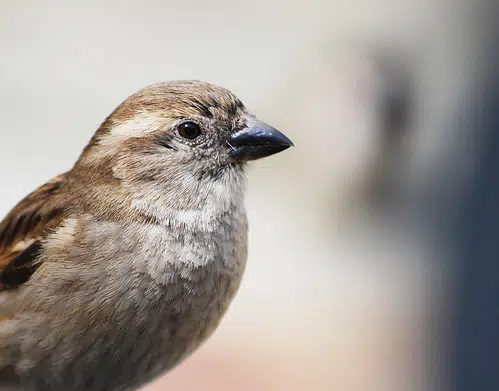A new report shows drastic changes in some of Canada’s bird populations over the past 50 years.
The second State of Canada’s Birds report was released Thursday by the North American Bird Conservation Initiative.
The report looks at how populations have changed for nearly 450 different Canadian bird species since 1970.
Andrew Holland, a spokesperson with the Nature Conservancy of Canada, said the report outlines some “really tough numbers.”
“Migratory shorebirds have decreased by 40 per cent, long-distance migratory shorebirds have declined by 52 per cent, and 55 of 58 seabirds that use our waters are ranked in a category of special concern,” said Holland.
NEW: Many of Canada's bird species are in major decline. The 2019 State of Canada's Birds Report was issued today by @environmentca & a coalition of partner groups. @NCC_CNC's Kathryn Folkl shares her thoughts on the mixed results. More: https://t.co/o6ndlziEqM #cdnpoli #birds pic.twitter.com/2jYsLj3Epz
— NCC_CNC Media (@NCC_CNCMedia) June 20, 2019
Overall, Canada has lost 40 to 60 per cent of shorebird, grassland bird and aerial insectivore populations. These groups make up 80 per cent of all bird species which were newly assessed as threatened or endangered in Canada over the last decade, according to the report.
Some of the reasons for the declines include habitat loss, unsustainable agricultural practices, climate change and pollution.
Holland said we should be concerned about the findings of this report.
“Birds are a part of us and we need them … they’re important for nature,” he said.
A new State of Canada's Birds report has just been released. Visit https://t.co/PLx0AxpIHc to learn about conservation successes and what actions you can take to help birds. @environmentca @NatureCanada @ducanada pic.twitter.com/v0mdtDzSnO
— Bird Studies Canada (@BirdsCanada) June 20, 2019
There is some good news — geese and duck populations have increased by 360 and 150 per cent, respectively.
Populations of birds of prey have increased by 110 per cent after the pesticide DDT was banned.
“This gives us some hope that we can reverse the declines in other bird groups through habitat protection, community involvement, and coordinated conservation efforts across the country,” Holland said.
The report lists several ways Canadians can help the bird populations, which include:
- Removing plastics and contaminants from nature
- Reducing carbon emissions
- Making windows safe for birds
- Keeping cats from roaming at large
- Eliminating invasive species
The North American Bird Conservation Initiative in Canada is a coalition of federal, territorial and provincial governments, conservation organizations, and industry groups.
The report — the second comprehensive assessment of the population status of all bird species which occur in Canada — was produced under the leadership of Environment and Climate Change Canada, Bird Studies Canada, Ducks Unlimited Canada, and Nature Canada.





